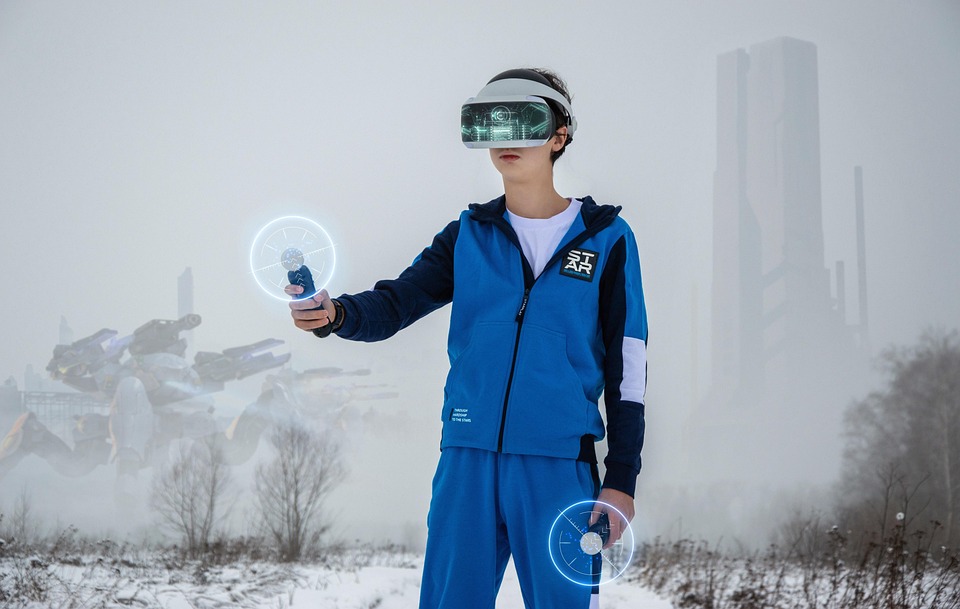In recent years, the concept of the metaverse has shifted from a sci-fi fantasy to a tangible reality, fundamentally altering how we perceive social interaction. This digital universe encompasses immersive environments and persistent virtual spaces, enabling individuals to connect, socialize, and collaborate in unprecedented ways. As we venture deeper into this new realm, we explore how the metaverse is redefining social interaction.
A New Dimension of Connection
The metaverse stands as a convergence of technology, blending virtual reality (VR), augmented reality (AR), and social media. In this expansive digital space, avatars serve as representations of real people, allowing users to express themselves in novel ways. Unlike traditional social media platforms, where interactions are often limited to text and images, the metaverse fosters rich, three-dimensional experiences. This immersiveness cultivates deeper connections; users can engage in activities, including attending concerts, exploring virtual landscapes, or participating in collaborative workspaces.
Avatar Identity and Customization
One of the most enticing features of the metaverse is the freedom to create and customize avatars. This aspect allows users to transcend physical limitations and express identities that may differ from their real-world selves. The ability to craft unique avatars encourages diversity and inclusivity, enabling individuals to explore facets of their identity in a supportive environment. As self-definition becomes more fluid, users can engage with others more authentically, potentially reducing societal pressures rooted in appearance and societal norms.
New Forms of Communication
The metaverse paves the way for innovative modes of communication. Traditional text-based messaging can become less central in favor of spoken conversation, non-verbal cues, and emotional expression through gestures within the virtual realm. This evolution promotes a deeper sense of presence and empathy. Participants can sense each other’s emotions through interactions that mimic real-life cues, enhancing the quality of relationships forged in the metaverse.
For instance, people might attend virtual meetings in immersive environments. Instead of flat screens, they can feel seated around a virtual table, seeing their colleagues’ avatars moving and reacting in real-time. This simulation creates a more engaging and impactful experience compared to conventional video conferencing.
Globalization of Interaction
The metaverse effectively removes geographical barriers, fostering a global community where individuals from different parts of the world can interact synchronously. This interconnectedness promotes cultural exchange and collaboration on an unprecedented scale. People can attend virtual festivals celebrating diverse cultures or engage in educational seminars led by global experts without the constraints of travel or time zones.
As people share their stories and experiences in the metaverse, they develop a greater awareness of global issues, enhancing empathy and understanding. This global social interaction might reshape perspectives and encourage a more unified approach to problem-solving in various sectors, from climate change to healthcare.
The Therapeutic Potential of Virtual Spaces
The metaverse isn’t solely a platform for entertainment and socializing; it also holds potential as a therapeutic space. Virtual environments can serve as safe havens for individuals facing social anxiety, depression, or isolation. Online support groups and therapy sessions conducted in the metaverse enable participants to connect and share experiences without the pressures of face-to-face interaction.
Furthermore, immersive experiences can assist in exposure therapy for those grappling with anxiety disorders or phobias. By practicing social interactions in controlled yet realistic settings, individuals can gain confidence and skills that transfer to their real lives.
Challenges and Considerations
Despite its advantages, the metaverse also poses several challenges. Privacy concerns loom as users navigate this expansive digital landscape, where personal data and virtual behavior can be tracked. Moreover, issues of digital inequality—where some individuals lack access to technology—may lead to social fragmentation rather than unity. Educators and policymakers must tread carefully, ensuring that the metaverse remains an inclusive space that benefits all.
The Future of Social Interaction
As we stand on the brink of this digital revolution, the metaverse offers a fresh lens through which to observe and redefine social interaction. With its immersive experiences, freedom of identity, and global connectivity, the metaverse presents an unprecedented opportunity to foster relationships that transcend traditional boundaries.
In the emerging era of virtual lives, the metaverse invites us to rethink what it means to connect, form communities, and express ourselves. While challenges persist, the potential for enriching social experiences makes the metaverse a promising frontier for interaction in the years to come. Embracing these changes could lead to a future where human connection thrives, both online and offline.



